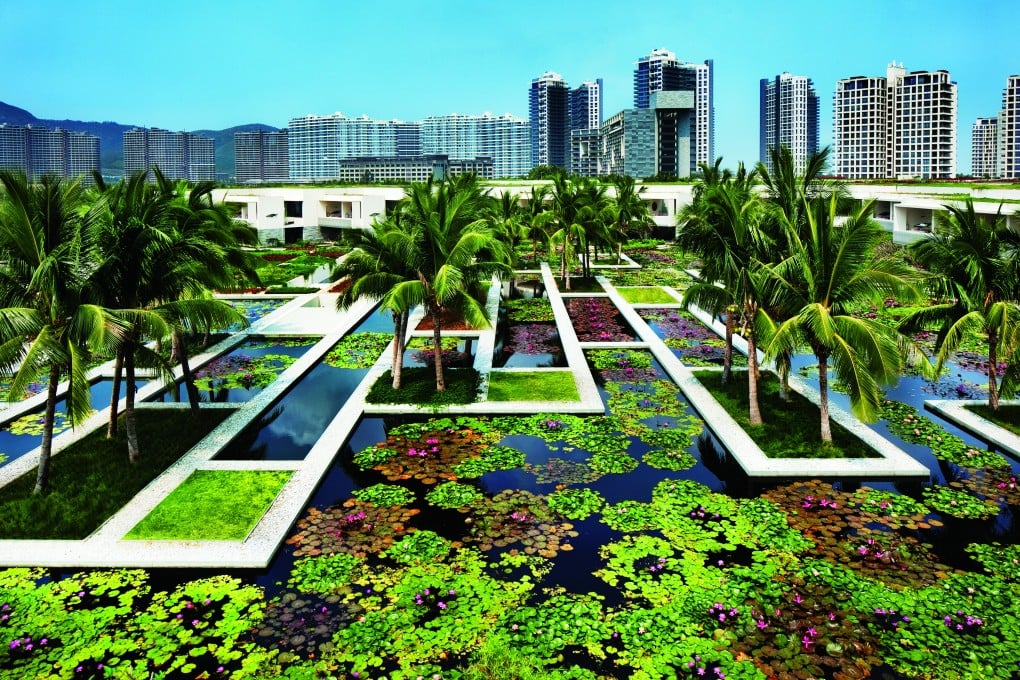How global warming sparked pair’s sustainable architecture with its focus on natural ventilation and high-rise living connected to nature
- Why did the architects at WOHA focus on sustainability from the outset of their careers? Global warming and the looming ecological crisis they felt were ignored
- In the process they’ve redefined urban architecture and high-rise living by connecting buildings to the outdoors through green features and natural ventilation

Many architects want to change the world. But are the folks at WOHA actually doing it?
A new book by Australian-British architectural writer, photographer and publisher Patrick Bingham-Hall makes the case that the Singapore-based firm is redefining city-building as we know it by pioneering a kind of architecture that combines high-rise, high-density living with a strong connection to the outdoors and a minimal – or even positive – impact on the environment.
It’s a case that has been made before. WOHA: New Forms of Sustainable Architecture is the sixth book published about the practice, which was founded by architects Wong Mun Summ and Richard Hassell in 1994.
“We’ve done an awful lot of books on WOHA, but they were for limited periods of time, or with one specific message. For architects of their stature there wasn’t a go-to book that answered the questions a 20-year-old architectural student might have: What is WOHA? What have they done?” Bingham-Hall says.

For Bingham-Hall, the answer is that WOHA is offering a new model for development in a world grappling with “global warming and urban dysfunction”, as he writes in the book’s introduction.